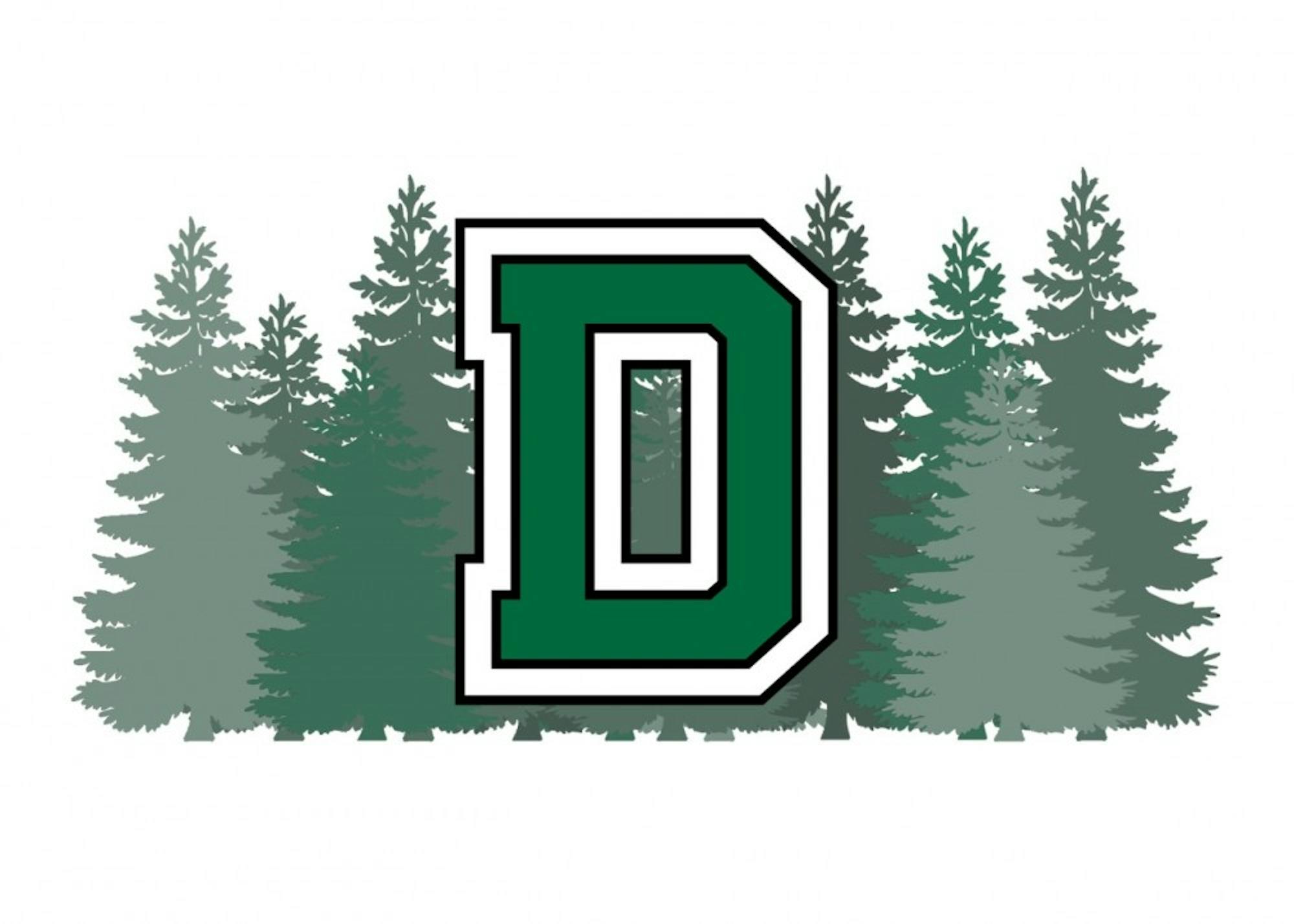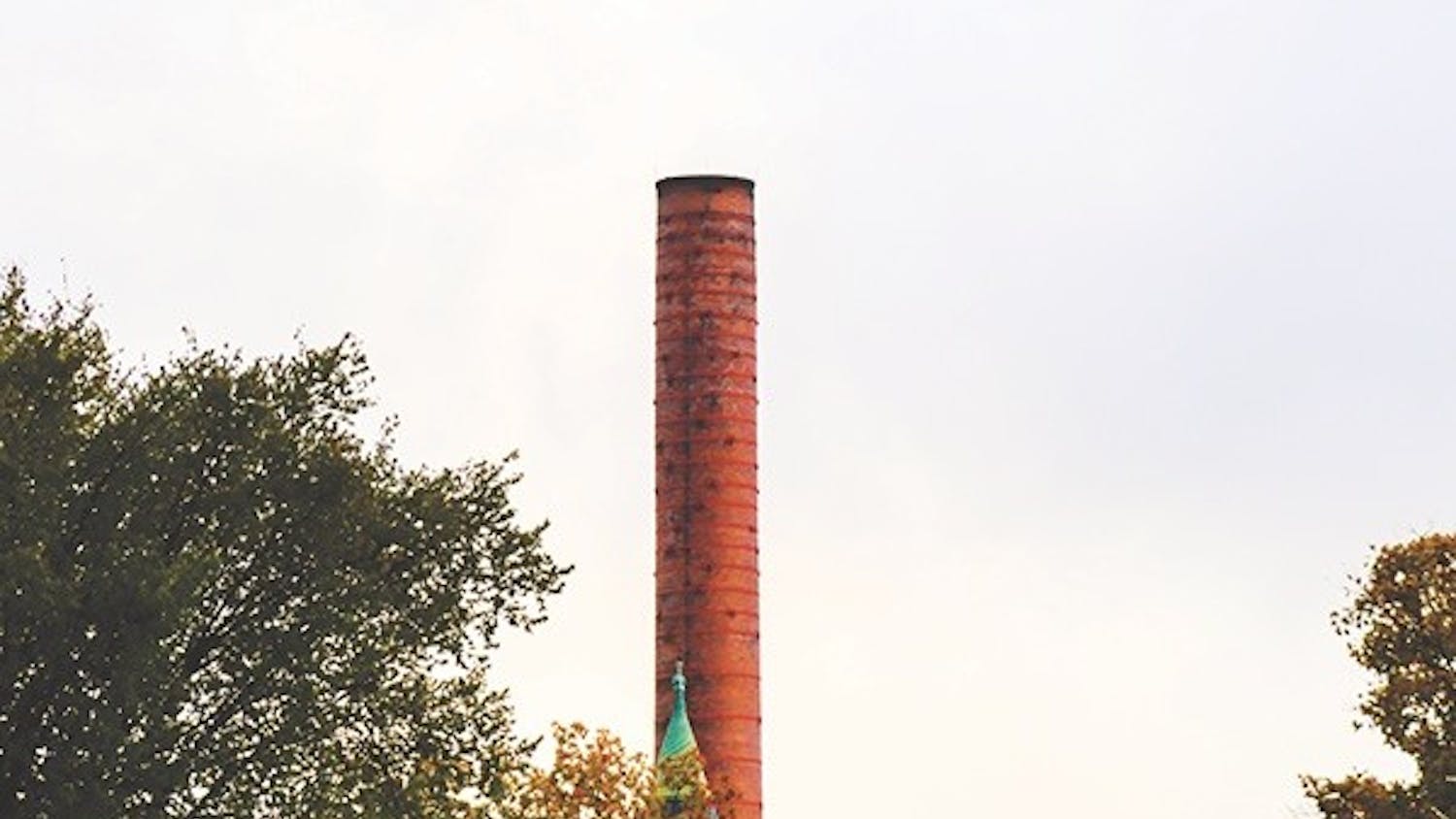John Kemeny, Dartmouth’s 13th president, had a vision of achieving Dartmouth’s future by fulfilling the promise of the College’s past. One of the goals of Kemeny’s tenure was to rededicate Dartmouth to its original purpose: the education of Native American students. This year marks the 250th Anniversary of Dartmouth’s establishment, which warrants a reflection not only on the College’s legacy, but also on the history and the voices of Native students in the Dartmouth community.
Kemeny attempted to remind the College of its original purpose, something he argued Dartmouth had fallen significantly short of in its first 200 years. Associate director of admissions Steven Abbott described the environment in the Admissions Office following this speech.
“There were explicit directions given to the Office of Admissions to recruit 15 talented Native students who were interested in the College,” Abbott said.
Abbot also serves as the Coordinator for Native Outreach, and he said his work for the College today was directly shaped by the creation of the Native American Studies Program, the Indigenous Fly-in Program and the Powwow Committee, which Abbot said were all established at the beginning of Kemeny’s tenure. Abbott also said that over the almost 50 years that have passed since the inception of these programs, there have been increases in the Native student body population, as well as in the outreach to indigenous communities throughout the United States.
While opportunities for Native students had increased in the early 1970s, obstacles continued to endure for the Native community. The College had displayed "the Indian" as its mascot since the 1920s. Despite calls from Native communities for the College to remove the highly stereotypical image of Native Americans, the mascot continued to hold the support of alumni and of the student body’s majority for almost 50 years
Co-President of Native Americans at Dartmouth, Onaleece Colegrove ’20, described the core of the argument against the mascot presented to Kemeny on behalf of the Native student body.
“The Native body went to the administration and essentially said, ‘Dartmouth, you either want the real Natives or you want the fake image of who we are,’” Colegrove said.
The activism of Native students against the mascot helped to abolish it in the early 1970s, though traces of the former mascot still exist on non-sanctioned Dartmouth merchandise and apparel.
The fight against Native American appropriation is not unique to Dartmouth; stereotypical depictions of Native Americans are cheering symbols for a variety of sports.
Hannah Humphreys ’23, who is an ice hockey player, said that the continued usage of Native American symbols ostracizes and marginalizes Native communities.
“As a society,” Humphreys said, “we should have mascots that represent something everyone can get behind.”
The fight to be heard and to be seen has continued for Native students at Dartmouth. Colgrove said that Native Americans at Dartmouth is more of a community than an identity group, and that this community has sought to emphasize the voices of Native students at Dartmouth.
Dartmouth recently took another step to show that stereotypical and degrading depictions of Native Americans are not in accordance with its values. A student and faculty study group recently concluded its assessment of the Hovey Murals that were previously located in the basement of the Class of 1953 Commons. In agreement with the group’s findings, College President Phil Hanlon ordered the removal of the murals to an off-campus storage facility of the Hood Museum, a place where they can continue to be studied, though no longer celebrated as a part of Dartmouth’s environment. Native students at Dartmouth worked alongside the Hovey Murals Study Group to reach the conclusion of their removal.
While the group’s findings and the College’s decision met with resistance from alumni, Colegrove argued that the fight for more inclusive values has always met opposition from those who work to preserve Dartmouth tradition, standing complicit in the discrimination against Native communities.
In its 250th year, Colegrove said that Dartmouth must recognize its past in order to continue its work in fulfilling the mission to educate and support Native voices. She said that empty spaces like those of the Hovey Murals should be rededicated to Natives on campus, and that Dartmouth should officially recognize what was Columbus Day as Indigenous People’s Day.
The next 250 years of the College’s legacy will be judged not only upon what success and innovation arises, but also to the degree to which Dartmouth recognizes the legacy of its past with the responsibility of continuing to increase support for all Native students at Dartmouth College.



